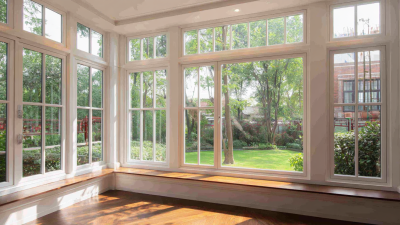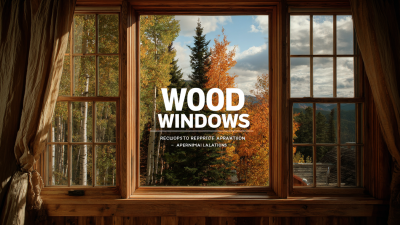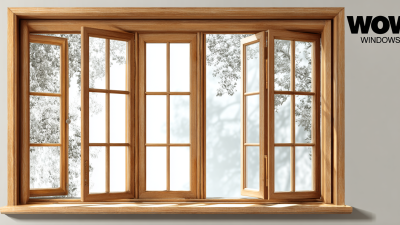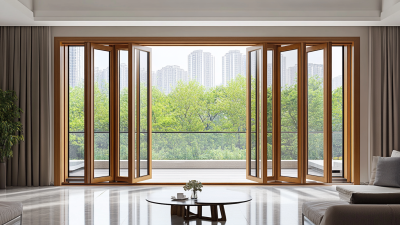In the context of modern construction, the energy efficiency of Wood Frame Windows has become a focal point for architects and builders aiming to meet sustainability benchmarks. According to the U.S. Department of Energy, windows account for approximately 25-30% of residential heating and cooling energy use, making their performance critical to energy conservation efforts.
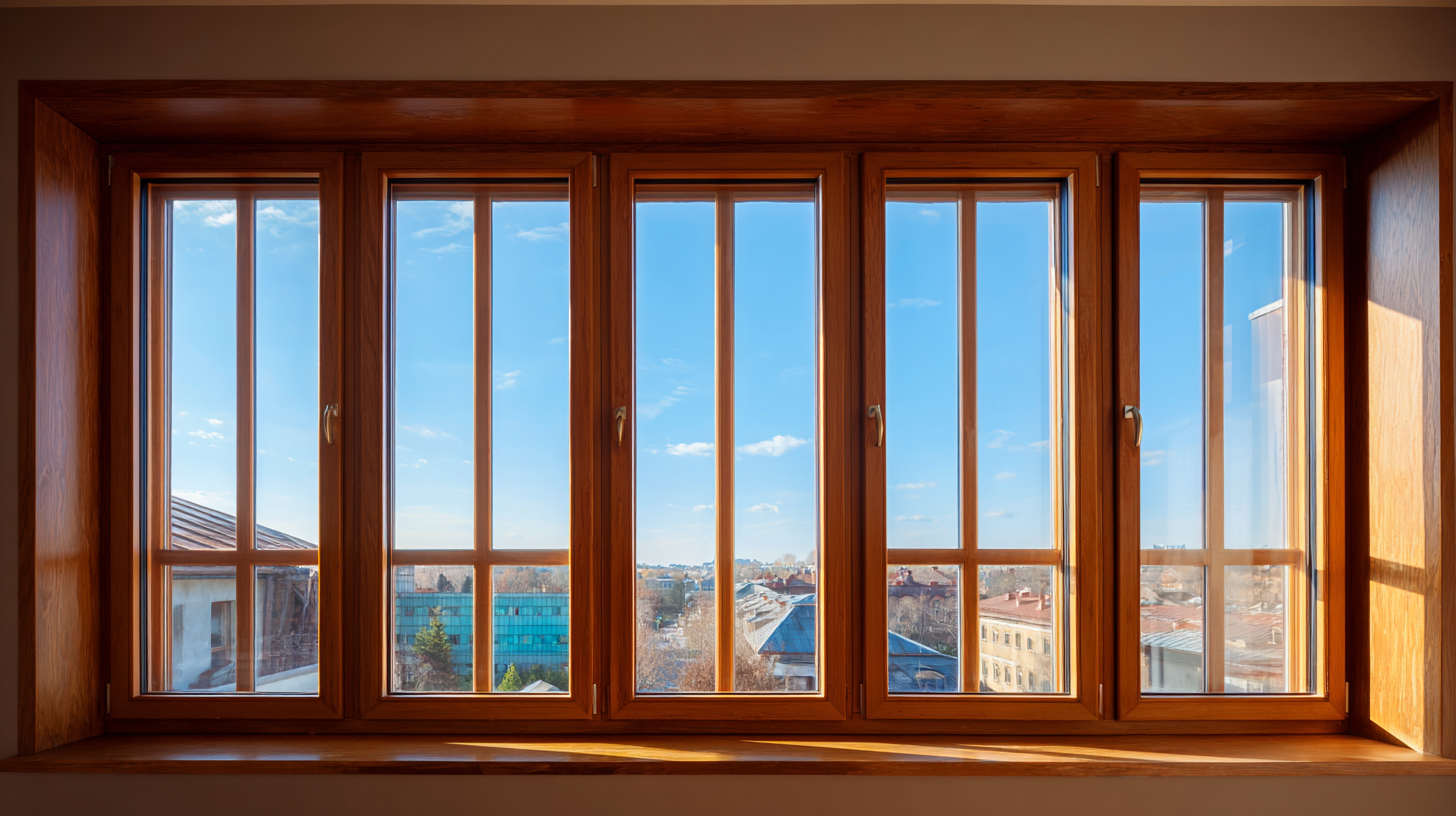 Wood Frame Windows, known for their excellent insulation properties and aesthetic appeal, can significantly reduce thermal bridging, thereby enhancing the overall energy efficiency of a building. A recent report from the National Renewable Energy Laboratory highlights that high-quality wood windows can achieve U-factors as low as 0.20, improving energy savings compared to traditional materials. As homeowners increasingly prioritize eco-friendly solutions, understanding the energy efficiency of Wood Frame Windows not only aligns with regulatory standards but also contributes to long-term economic and environmental advantages.
Wood Frame Windows, known for their excellent insulation properties and aesthetic appeal, can significantly reduce thermal bridging, thereby enhancing the overall energy efficiency of a building. A recent report from the National Renewable Energy Laboratory highlights that high-quality wood windows can achieve U-factors as low as 0.20, improving energy savings compared to traditional materials. As homeowners increasingly prioritize eco-friendly solutions, understanding the energy efficiency of Wood Frame Windows not only aligns with regulatory standards but also contributes to long-term economic and environmental advantages.
Wood frame windows are increasingly recognized for their energy efficiency in modern construction, and understanding their performance metrics is essential for architects and builders. According to the National Renewable Energy Laboratory (NREL), wood frame windows can achieve U-factors as low as 0.20, significantly outperforming traditional single-pane windows with U-factors upwards of 1.0. This makes them a viable option for energy-conscious designs, contributing to reduced heating and cooling costs.
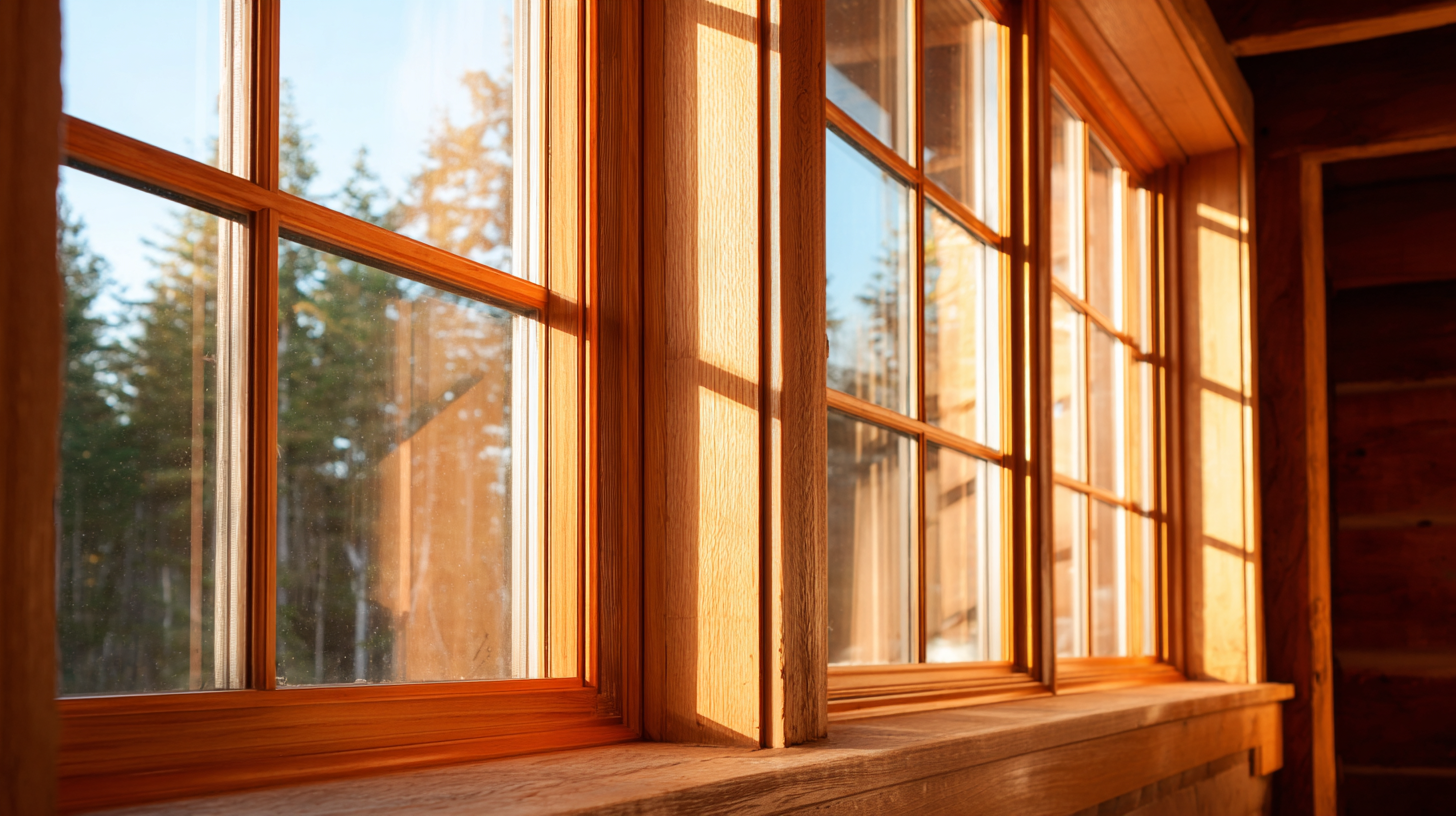
In addition to U-factors, solar heat gain coefficient (SHGC) is a critical metric that affects energy performance. Wood frame windows can be designed with low-E coatings, which can lower SHGC values to below 0.25. This characteristic is vital in warmer climates where excessive heat gain can lead to increased energy consumption for air conditioning. A study by the U.S. Department of Energy indicates that the right choice of glazing in wood frame windows can reduce energy costs by up to 30% compared to traditional counterparts, making them an excellent investment for both residential and commercial buildings.
Wood frame windows have gained popularity in modern construction, particularly when contrasted with alternative materials such as aluminium or reinforced concrete. The energy efficiency of wood frame windows is a crucial aspect of this comparison, as it directly impacts both the environmental footprint and the overall sustainability of building practices. Recent studies highlight the carbon emissions associated with different building materials, underscoring the superior carbon storage capabilities of timber-based structures compared to traditional materials. This characteristic not only lowers the lifecycle energy consumption but also contributes positively to mitigating climate change.
Moreover, the overall embodied energy of wood frame windows, when compared to those made from aluminium or composite materials, shows significant advantages. The life cycle assessment (LCA) indicates that the environmental impacts linked to the production and use of wood windows are generally lower, especially when considering their renewability and thermal performance. Additionally, various studies point out that innovative coatings and designs can enhance the durability and moisture resistance of wood frames, further solidifying their position as a sustainable choice in new constructions. As the building sector evolves towards sustainability, the comparative analysis of wood frame windows versus alternative materials remains an essential discussion in promoting environmentally responsible practices.
In modern construction, the energy efficiency of wood frame windows is heavily influenced by window design and glazing techniques. Recent advancements in energy-efficient glazing have shown promising results. A notable development includes high-performance glass that can increase overall efficiency by 9.5%, allowing for tailored performance according to various climate conditions. This is particularly significant as windows are often regarded as one of the least energy-efficient components of a building, contributing to substantial energy loss.
Innovations such as photovoltaic cells integrated into window designs, like flexible solar films, are transforming traditional concepts of glazing. These solar windows not only provide a view but also generate electricity, potentially eliminating utility bills for homeowners. Furthermore, scientists from institutions have developed liquid window panels that can adapt to thermal conditions, reducing energy consumption by as much as 45%. Such advancements highlight the vital role that innovative window technologies play in enhancing the energy performance of buildings, making them a focal point in the pursuit of sustainable construction.
When it comes to modern construction, the energy efficiency of wood frame windows can significantly impact overall building performance. Two key metrics in assessing this efficiency are the U-value and the Solar Heat Gain Coefficient (SHGC). The U-value measures the rate of heat transfer through a window, with lower values indicating better insulation. This is crucial in maintaining comfortable indoor temperatures and reducing reliance on heating and cooling systems.
The Solar Heat Gain Coefficient, on the other hand, quantifies how much solar radiation passes through the window. An optimal SHGC allows natural light while minimizing heat gain, which is particularly beneficial in warmer climates. For homeowners looking to improve energy efficiency, it's essential to choose wood windows with favorable U-values and SHGC ratings that match their regional climate needs.
Tips for selecting energy-efficient wood windows:
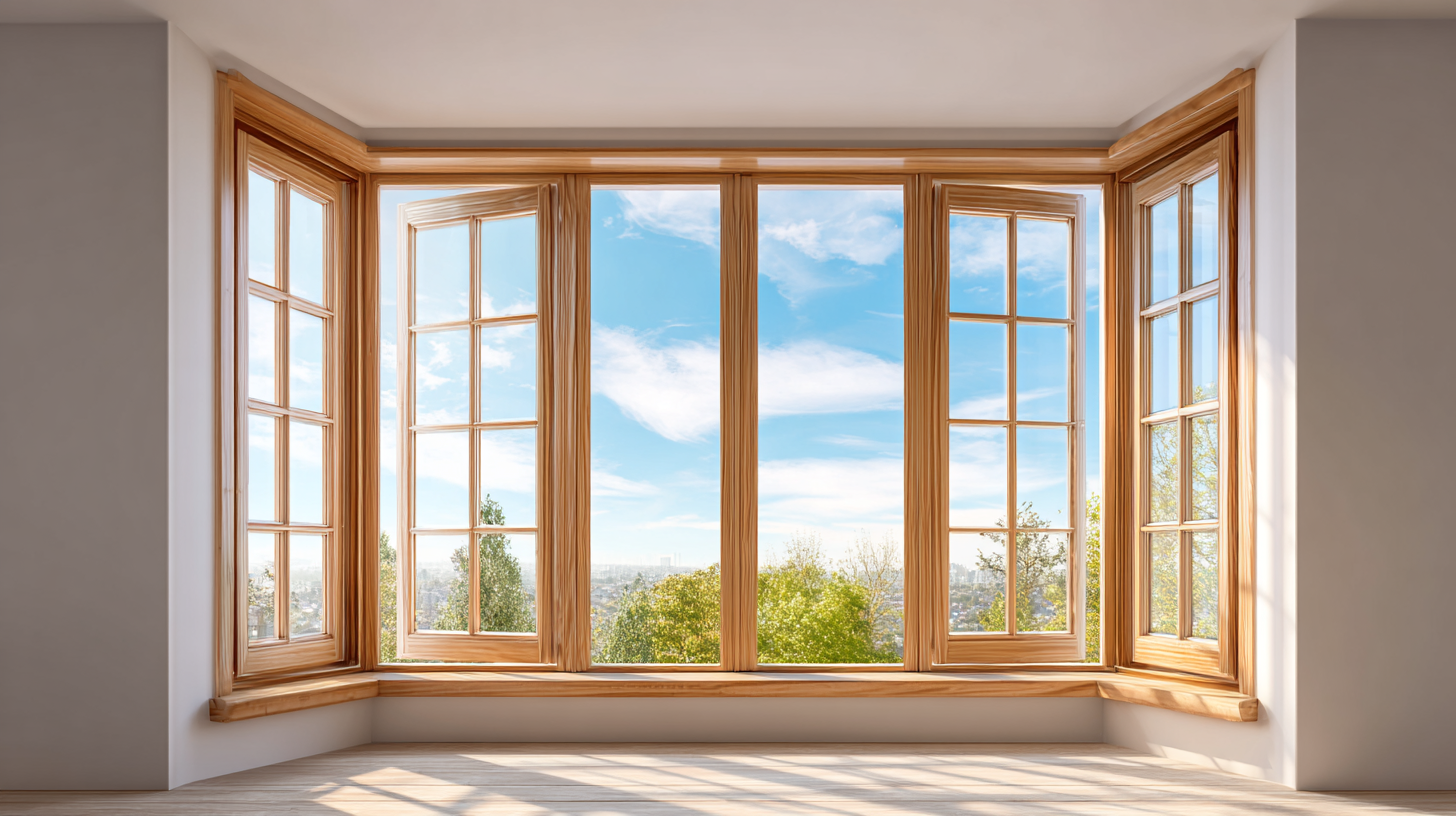
In the realm of modern construction, wood frame windows are being scrutinized for their energy efficiency, largely driven by regulatory standards and Energy Star ratings. The U.S. Department of Energy (DOE) highlights that properly installed wood windows can achieve U-factor ratings as low as 0.25, which is essential in minimizing heat loss during colder months. Such performance not only meets but often exceeds the standards set forth by organizations like the National Fenestration Rating Council (NFRC).
Energy Star-rated wood windows undergo rigorous testing to ensure they meet energy efficiency criteria. According to Energy Star data, windows that carry their label must demonstrate a solar heat gain coefficient (SHGC) of 0.25 or lower for most climates, indicating their prowess in rejecting unwanted solar heat. In fact, using high-performance wood windows can lead to energy savings of 15% to 30% annually in heating and cooling costs, making them a sustainable and economical choice for homeowners and builders alike. With the increasing demand for energy-efficient solutions, the wood window market is evolving, continually enhancing performance through better glazing technologies and frame designs to comply with these stringent regulatory benchmarks.
| Window Type | U-Factor (BTU/hr·ft²·°F) | SHGC | Air Leakage (cfm/ft²) | Energy Star Rating |
|---|---|---|---|---|
| Double-Pane Vinyl | 0.30 | 0.25 | 0.15 | Yes |
| Triple-Pane Wood | 0.22 | 0.20 | 0.10 | Yes |
| Double-Pane Wood | 0.28 | 0.24 | 0.12 | Yes |
| single-Pane Wood | 0.45 | 0.30 | 0.25 | No |

